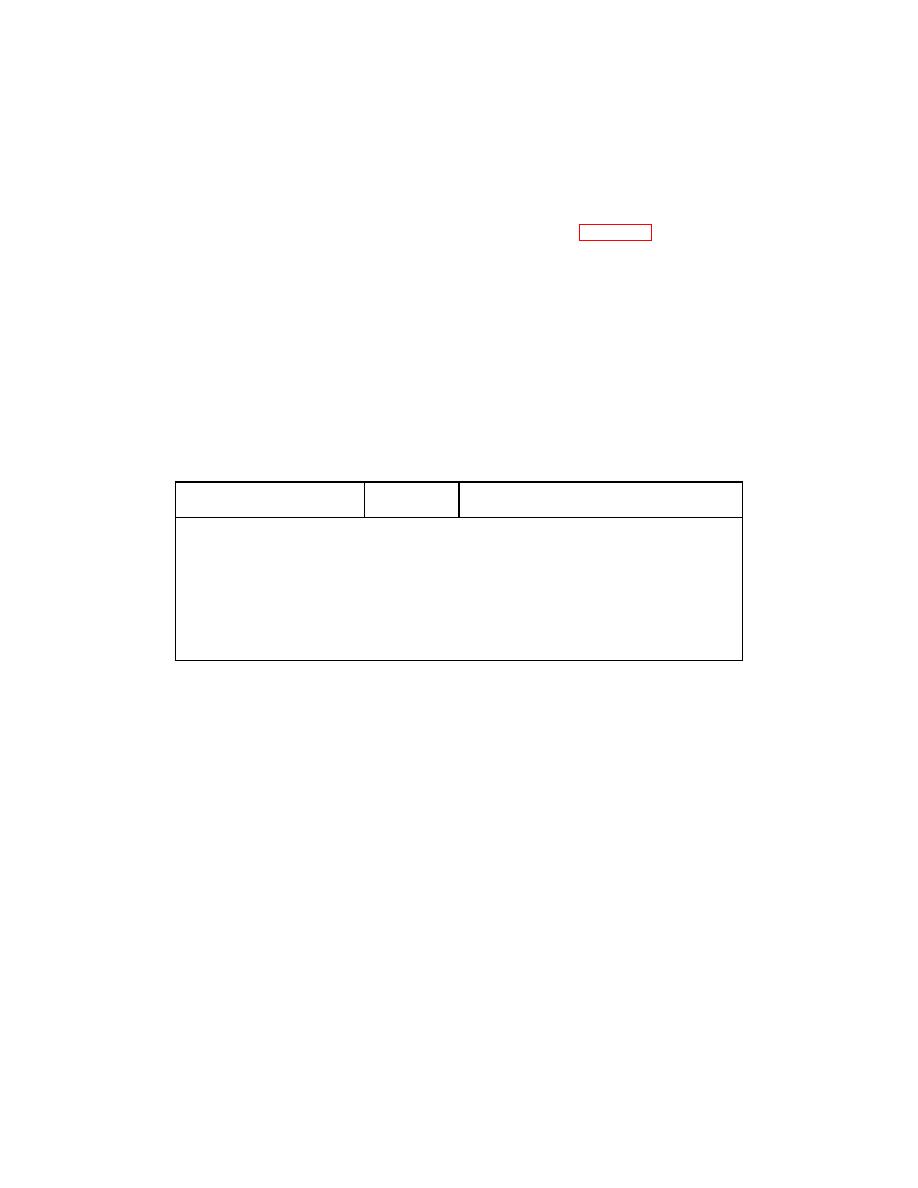 |
|||
|
|
|||
|
Page Title:
Table A-5. Copper levels between 100 and 200 PPM |
|
||
| ||||||||||
|
|
 NAVAIR 17-15-50.3
TM 38-301-3
T.O. 33-1-37-3
CGTO 33-1-37-3
SH-60B, SH-60F, HH-60H, MH-60S, MH-60R (Cont.)
TAIL ROTOR GEARBOX
The only exception to this is if copper levels exceed 200 PPM and/or copper
is accompanied by other critical wear metals. (See Table A-5 for applicable
maintenance actions and other critical wear metal criteria.) Between 100
200 flight hours, maintenance actions should be limited to oil change if the
copper level exceeds 100 PPM, provided other wear metals are not involved.
After 200 flight hours, a dimensional inspection of the bushing should be
performed only when copper levels exceed 75 PPM for two consecutive
monitoring intervals. Other sources of copper in the tail rotor gearbox are the
aluminum bronze split cones on the inboard retention plate and the cage
material on the duplex ball bearing in the tail rotor servo coupling. Split
cones can contribute copper and aluminum to the oil if wear/fretting occurs.
(See supplementary information for aluminum.) The duplex ball bearing is
inside the pitch change shaft and is not normally exposed to oil flow.
Hours (since new
Cu (PPM)
Action
bushing)
≤ 100
≤ 200
No maintenance required
≤ 100
> 200
Drain, refill. Sample @ 25 hours
>100 & ≤ 200
≤ 100
No maintenance required
>100 & ≤ 200
> 100
Drain, refill @ 200 hrs since new
bushing
> 200
≤ 75
No maintenance required
> 200
> 75*
Perform dimensional inspection of
bushing
* for two consecutive 60-hour samples
Mo -
Molybdenum is not regarded as a critical wear metal in the H-60 tail rotor
gearbox. Sources are solid film lube on the inner diameter of the bevel gear
or grease used to lubricate the inboard retention plate splines on installation.
Ni
-
Nickel is not regarded as a critical wear metal in the tail rotor gearbox. Nickel
sources are either benign wear or wear that is more accurately signaled by
another wear metal. Most likely source of nickel wear is wear on nickel
plating on outer diameter of inboard retention plate sleeve. Sleeve provides
contact surface for output oil seal and can result in oil leakage if wear
becomes excessive. Leakage should be detectable by routine inspection
before if exceeds allowable limits.
Other sources of nickel are as follows:
Nickel is used as base plating on input flange sleeve inner diameter and pitch
change shaft outer diameter. Because this base plating is under 0.005-0.007
inch of chrome plating, abnormal levels of chromium would be evident in the
oil samples for some time before wear penetrated to nickel plating.
Practically all steel alloys used in tail rotor gearbox components include a
and link, bolts, washers and nuts. Because these alloys are all over 90
percent iron, wear on a steel component would produce many times more
iron than nickel.
A170
|
|
Privacy Statement - Press Release - Copyright Information. - Contact Us |